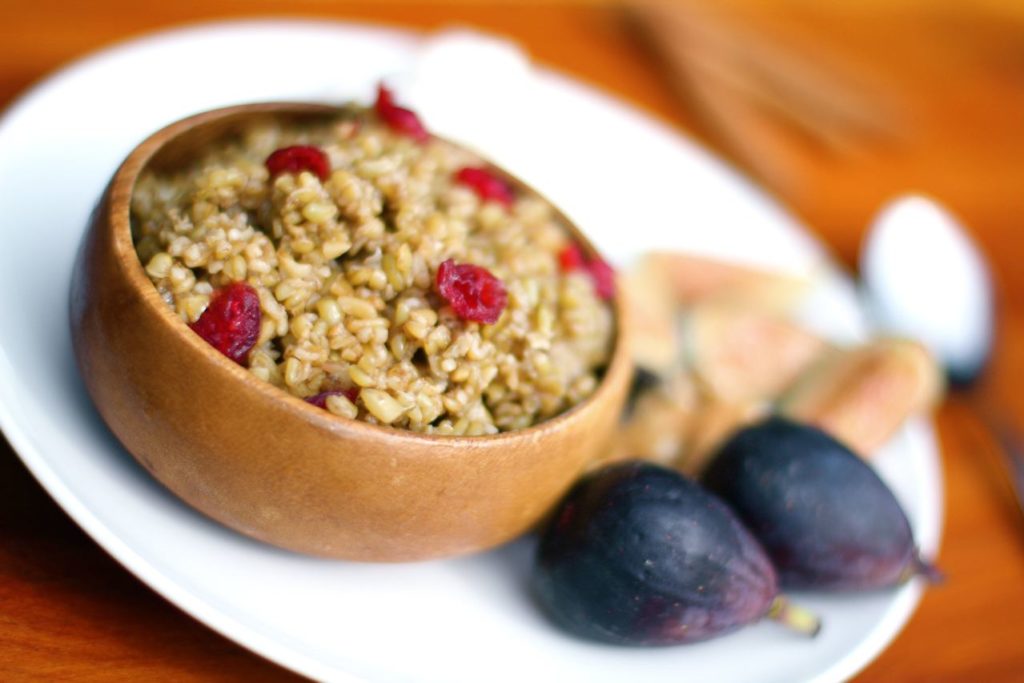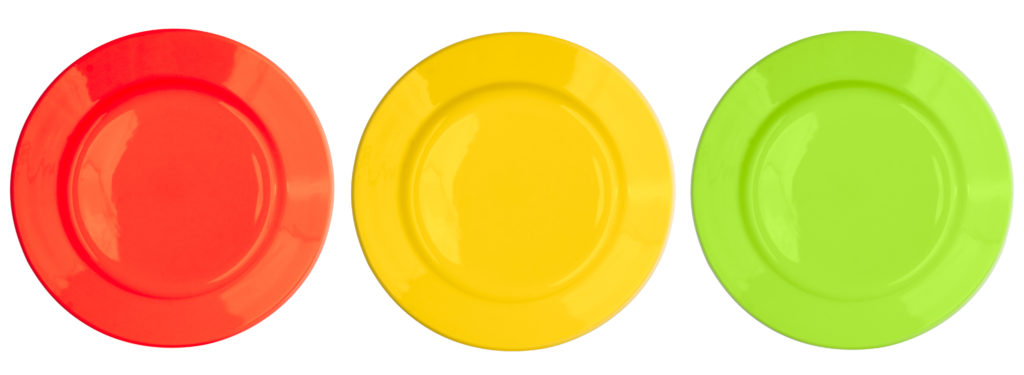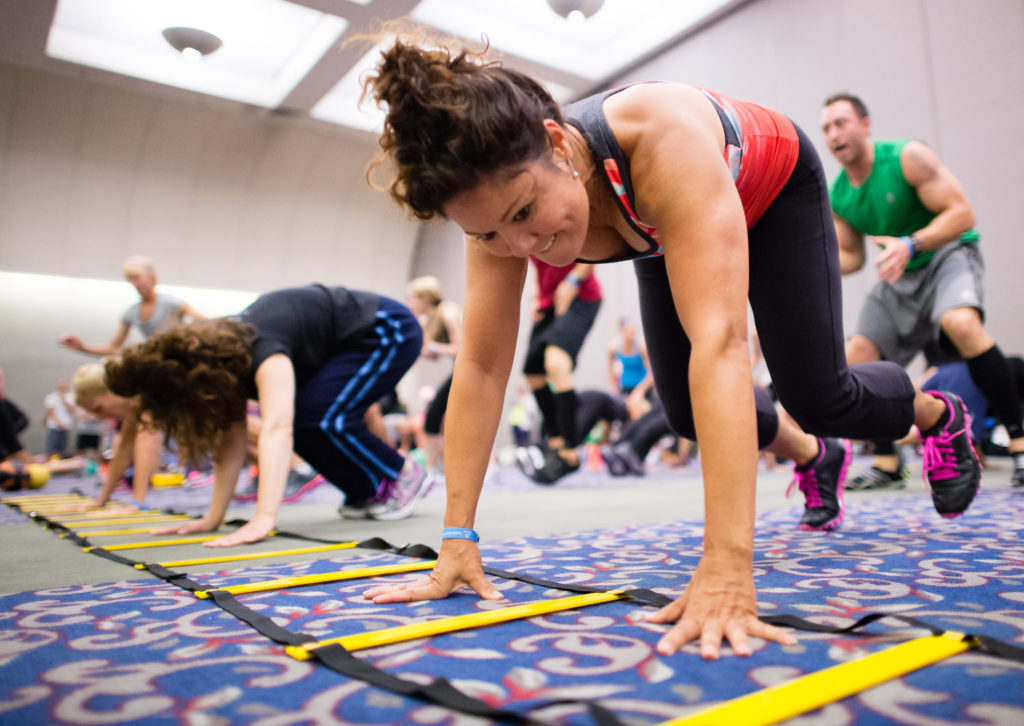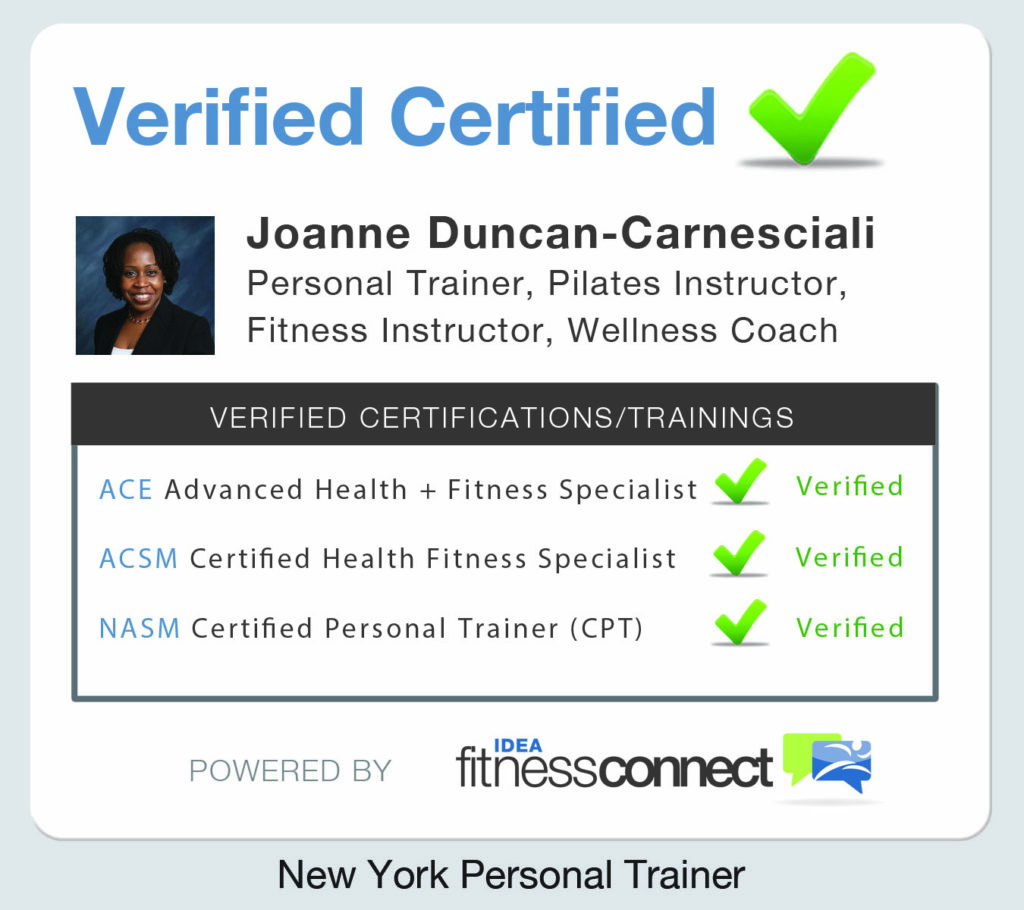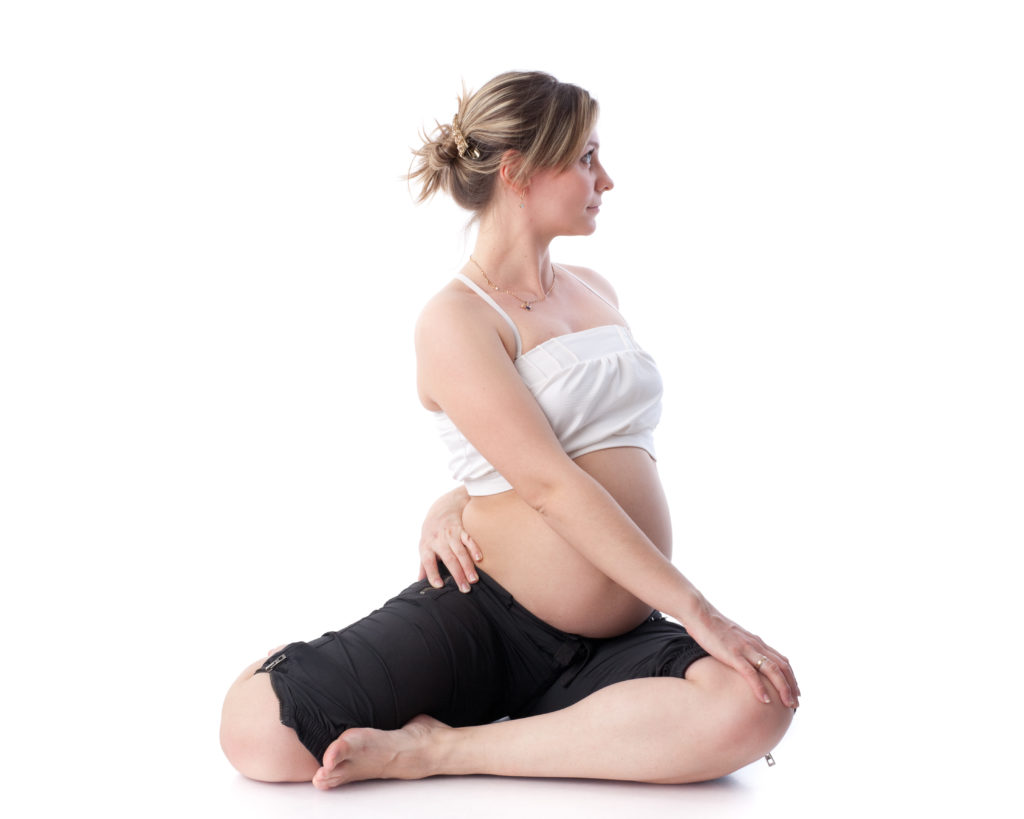Archive for February 2013
Recipe for Health: Lauren’s Butternut, Sage Chicken Stew
Curious to try freekeh, yet not sure where to go after eating it as a hot cereal?
Blogger, amateur chef and former high-school teacher Lauren Martin created this slow-cooker recipe. If you don’t eat meat, it’s just as delicious if you leave out the chicken and substitute vegetarian broth.
2 bone-in chicken breasts
½ C (dry) freekeh
1 large carrot
2 celery stalks
1 medium-sized yellow onion
½ C butternut squash, cubed
2 T fresh sage leaves, chopped
½ T smoked paprika
(or regular paprika)
½ T rosemary
1 t garlic, minced
salt and pepper to taste
Food Focus: Freekeh
It’s so tempting to say, “Freekeh Friday,” but freekeh is actually good for you any day of the week. An ancient grain (mentioned as early as the 13th century), freekeh is made from green wheat that’s sun-dried, roasted, thrashed and then further sun-dried.
Read MoreVegetables at Dinner and Perceptions of the Meal and the Cook
Do you want your kids to perceive you as a lovable and talented dinner chef? Try adding vegetables to the nighttime meal. In a recent study, published online by Public Health Nutrition (2012 [1–7]; doi: http://dx.doi.org/10.1017/S1368980012004673), researchers discovered that meal preparers were rated higher on qualities such as “loving,” “thoughtful,” “attentive” and “capable” when they included vegetables with the meal.
Read MoreQ&A: Ask The RD
Answer: The importance of protein in our diet cannot be understated, especially when we are engaged in an exercise regimen. Luckily, we can obtain protein from a variety of animal and plant sources.
Read MoreFood Marketing to Children and Adolescents: An Update
The Federal Trade Commission has released its Review of Food Marketing to Children and Adolescents, and the conclusions indicate that there is still much to be done if industry self-regulation of food marketing to children is to become an effective way to protect the health of minors. The 2012 report is a follow-up to the FTC’s 2008 report, which Congress requested in response to dramatic increases in childhood obesity rates.
Four of the Marketing Methods
Read MoreFewer, Larger Meals May Be Healthier Option for Obese Women
It may sound counterintuitive, yet new research from the University of Missouri, Columbia, suggests that eating fewer, larger meals may prove healthier for obese women than eating smaller meals more often. More specifically, consuming three substantial meals per day instead of six small meals may decrease obese women’s risk of developing heart disease.
Read MoreHigh-Fructose Corn Syrup and Type 2 Diabetes
According to a recent study by researchers from the University of Oxford and the University of Southern California, there is a correlation between frequent use of high-fructose corn syrup and higher rates of type 2 diabetes. The findings were published online in Global Public Health (doi:10.1080/17441692.2012.736257).
Analyzing data on HFCS availability in 42 countries, the researchers found an 8% rate of diabetes in countries where use of the sweetener is high versus a 6.7% rate in countries where it is not used.
Read MoreEnergy Balance Update: Keep Moving!
Hall, K.D., et al. 2012. Energy balance and its components: Implications for body weight regulation. American Journal of Clinical Nutrition, 95 (4), 989–94. Energy balance represents the complex interplay between the fuel we consume and the energy we exert, which makes this balance integral to the process of losing weight.
Read MorePilates Safety Concerns for Older Adults
The Graying of America is a reality. The U.S. Census projects that nearly 1 in 5 of the nation’s residents will be 65 or older by 2030 (AOA 2011). As the senior population grows, interest in maintaining and improving older adults’ quality of life with physical activity is rapidly expanding. For many, however, aging comes…
Read MoreChallenge Play: Connecting Exercise and Fun
We all know this client’s story: Mary is a 40-plus, career-oriented woman with two kids and with 40 extra pounds she’d like to lose. Mary knows how to overcome her obesity—at least temporarily. She’s done it before. But she always gains even more weight back when she falls off her strict exercise and nutrition regimen.…
Read MoreOptimal Recovery After Exercise: Nutrient Timing
When it comes to exercise program design, educated fitness professionals know that rest, recovery and regeneration are just as important as training intensity and consistency. Clients get better results and reach their goals more quickly when they learn how to take care of their bodies in a smart, sound manner. Nutrition is also a key component of a complete wellness program. Nutrient timing in particular has been the subject of much discussion and research, especially over the past decade.
Read MorePatrick A. Perretta
Patrick Perretta is a personal trainer, an indoor cycling coach, a USA cycling coach and a Simply Tri coach. Patrick started his fitness journey by becoming a triathlete to lose weight. After losing the weight and completing a few sprint triathlons, he decided to train for a half Ironman®. While training, Patrick experienced an aneurism.
Read MoreIDEA Health & Fitness Association IDEA Code of Ethics: Personal Trainers
1. Always be guided by the best interests of the client. a. Remember that a personal trainer’s primary responsibility is to the client’s safety, health and welfare; never compromise this responsibility for your own self-interest, personal advantage or monetary gain. b. Recommend products or services only if they will benefit the client’s health and well-being, not because they will benefit you financially or occupationally. c.
Read MoreFitness Myths That Just Won’t Die
Myth: Exercise alone can overcome poor eating habits.
Truth: An average person would have to run 6 or 7 miles to burn off the 750 calories in a McDonald’s® Double Quarter Pounder® with Cheese.
Myth: Preworkout stretching reduces injury risk.
Truth: Researchers for the Centers for Disease Control and Prevention looked at more than 300 studies and found no link between stretching and lower injury rates.
Read MorePreventing Running Injuries
Is one of your New Year’s resolutions to train for a race? Then staying injury-free is crucial. While runners sometimes get hurt for no apparent reason, there are many ways to decrease the likelihood of an injury. Jason Karp, PhD, 2012 IDEA Personal Trainer of the Year and author of Running for Women (Human Kinetics…
Read MoreHow to Get on TV
As a health professional who made the transition to television reporter, I was asked to host a “Fitness in Media” seminar at the 2011 IDEA World Fitness Convention™ in Los Angeles. I taught fitness pros how to procure a television spot on either a news report or an entertainment show. I then asked participants to submit a one-line pitch using what they’d learned.
Read MoreConquering the “Obesogenic” Environment
Barbara Brehm-Curtis is a professor of exercise and sport studies at Smith College in Northampton, Massachusetts, where she teaches courses in stress management, nutrition and health. Aside from writing about health and fitness-related topics for more than 25 years, she has worked as a fitness instructor, personal trainer, lifestyle coach and fitness program director. She…
Read MoreAre You in the 100% Club?
You’ve likely already experienced the power of the IDEA FitnessConnect tool, the largest fitness professional directory. Your industry profile connects you to more than 16 million consumers, and 150 fitness certification/training bodies verify your credentials online. You may have received leads; shared insights with other fitness pros; marketed your services, classes and events; created a…
Read MoreFitness Heals in the Wake of Hurricane Sandy
Hurricane Sandy took the East Coast by surprise and, as a result, people lived through incredible events. As the owner of a health and wellness center, I wondered what we could do in the face of such a tragedy. What good would biomechanical realignment and injury prevention or strength training do when people so geographically…
Read MoreCreative Ideas That Inspire
Sports Club/LA in San Francisco members enjoy BLITZ™, a program that combines endurance, agility, core, strength and balance training. It provides customized one-on-one coaching in a group environment. The goal of the class, according to the website, is to “push yourself beyond your limits.”
Read More
